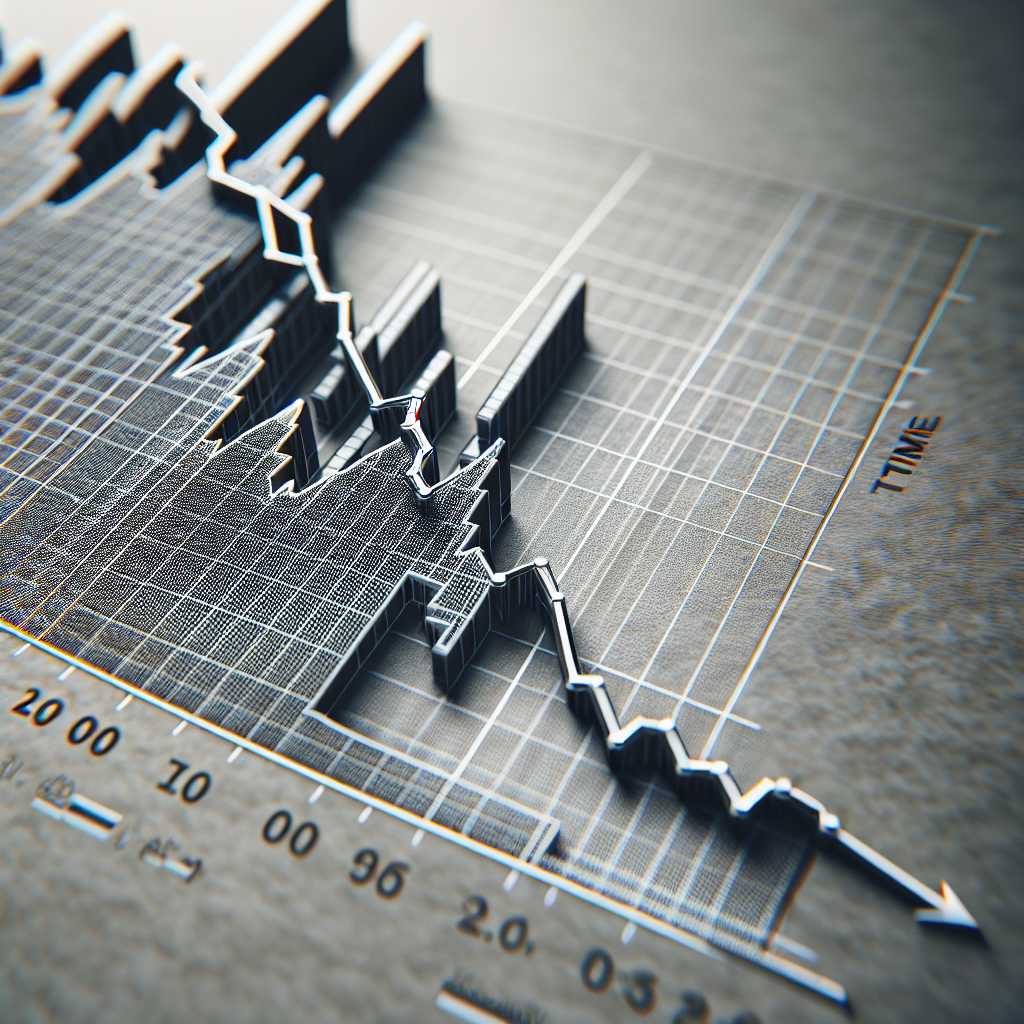Understanding the Economic Phenomenon of Recession
Economic recessions are defined as significant declines in economic activity spread across multiple sectors and lasting for more than a few months. Recessions are part of the broader economic cycle, which includes expansion, peak, recession, trough, and recovery. The precise definition of a recession varies by country; however, it is most commonly recognized after two consecutive quarters of negative economic growth as measured by a country’s Gross Domestic Product (GDP). This article explores the various facets of recessions, their causes, consequences, the role of policies, and much more.
Causes of Recession
Several factors can trigger a recession; however, they often stem from a complex mix of both domestic and international influences. Here is an overview of common causes:
–
High Interest Rates : Central banks might increase interest rates to control inflation. Higher interest rates raise borrowing costs for individuals and businesses, leading to reduced spending and investment.
–
Reduced Consumer Confidence : When consumers believe the economy is worsening, they may spend less. Reduced spending impacts businesses’ revenue leading to production cuts and layoffs.
–
Falling Housing Prices and Sales : A crash in the housing market can lead to a decline in household wealth and therefore, spend less across all areas of the economy.
–
Stock Market Crash : A major drop in stock prices can significantly reduce wealth for individuals and businesses, leading to cutbacks in spending and investment.
–
High Inflation : Persistently high inflation can erode purchasing power, lead to increased cost of living, and strain consumers and businesses alike.
–
Increase in Oil Prices : A drastic increase in oil prices can translate into higher transportation and production costs across many industries, affecting overall economic health.
–
Trade Policies and Tariffs : Aggressive trade policies and tariffs might disrupt international trade, causing an increase in the cost of goods and potentially leading to decreased exports.
–
External Shocks : Events such as natural disasters, wars, or pandemics can drastically affect economic activity. Consequences of a Recession
Consequences of a Recession
A recession typically culminates in various negative outcomes, some immediate while others have a prolonged effect:
–
Unemployment : As companies experience revenue drops, they may cut costs through layoffs. Unemployment typically rises during a recession.
–
Decreased Incomes : Job losses or reduced work hours translate directly into decreased incomes for many households.
–
Reduced Consumer Spending : Given job insecurity or unemployment, consumer spending generally declines during a recession.
–
Business Failures : Small businesses especially may struggle to survive if consumer spending falls or credit conditions tighten.
–
Housing Market Slowdown : With fewer people able to afford new homes or refinance mortgages due to job loss or uncertain financial futures, housing markets can stall.
–
Government Budget Strains : Reductions in tax revenues due to downturns affect government budgets leading to potential cuts in public services. The Role of Government Policies in Managing Recessions
The Role of Government Policies in Managing Recessions
Governments and central banks play a key role in managing economic downturns. Their interventions run along two main lines: fiscal policy (government spending and tax policies) and monetary policy (control of the money supply and interest rates).
–
Fiscal Stimulus : Governments may increase public spending to stimulate the economy or provide tax cuts to increase consumer spending.
–
Monetary Policy Easing : Central banks might lower interest rates to make borrowing cheaper with the hope that businesses will invest more and consumers will spend more.
–
Quantitative Easing : Central banks sometimes use unconventional monetary policy tools such as buying financial assets to inject liquidity into the economy. Global Recessions vs. National Recessions
Global Recessions vs. National Recessions
While national recessions can have profound impacts within a single country’s borders, global recessions involve multiple economies worldwide contracting simultaneously. Typical triggers for global recessions include interconnected financial crises, sweeping commodity price changes, or global pandemics like COVID-19 which began impacting economies worldwide starting in 2020.
Notes
Image Description: A line graph declining sharply against an x-axis labeled ‘Time’ and a y-axis labeled ‘Economic Growth’; symbolizing the essence of an economy going into recession.
